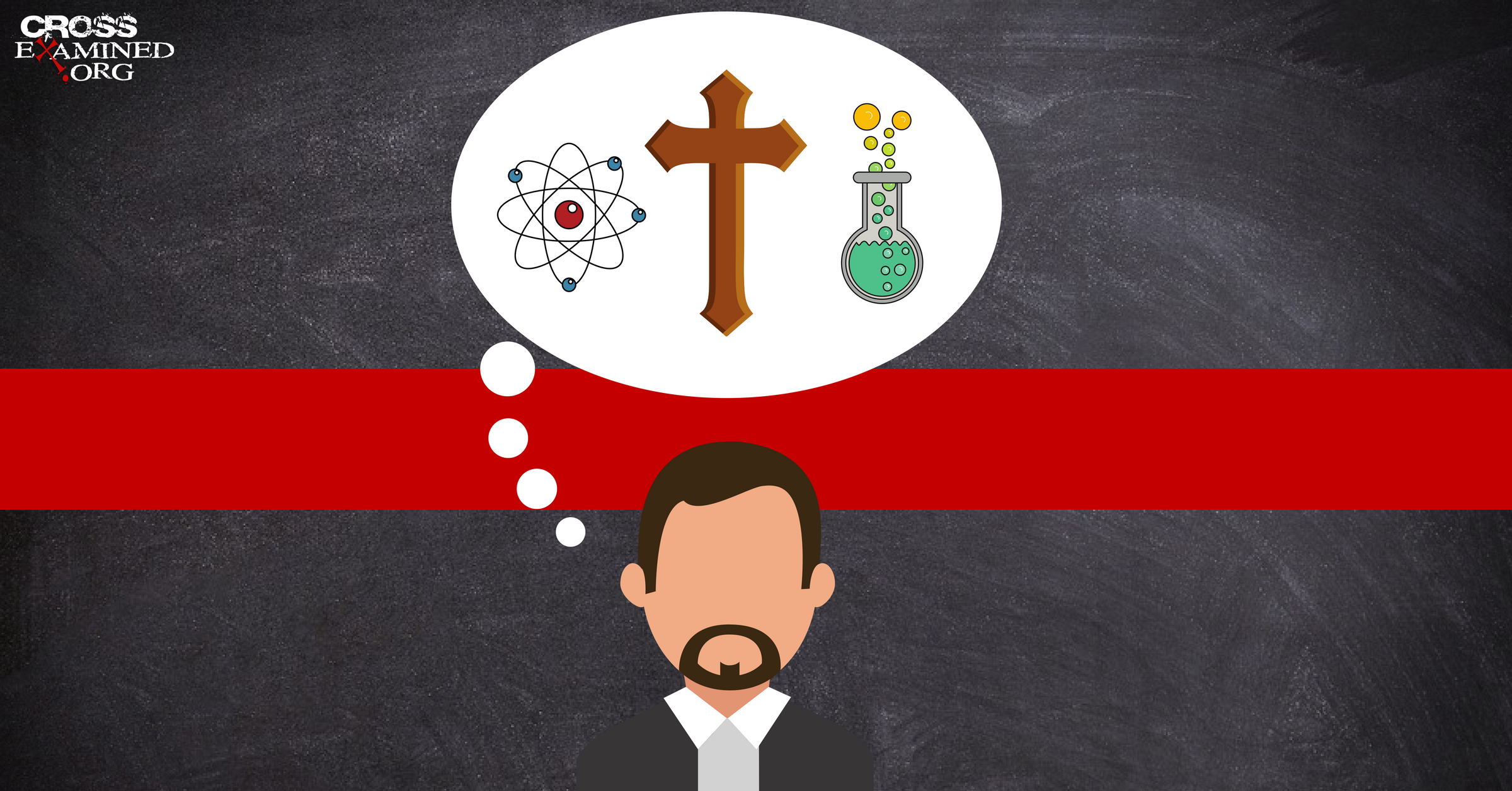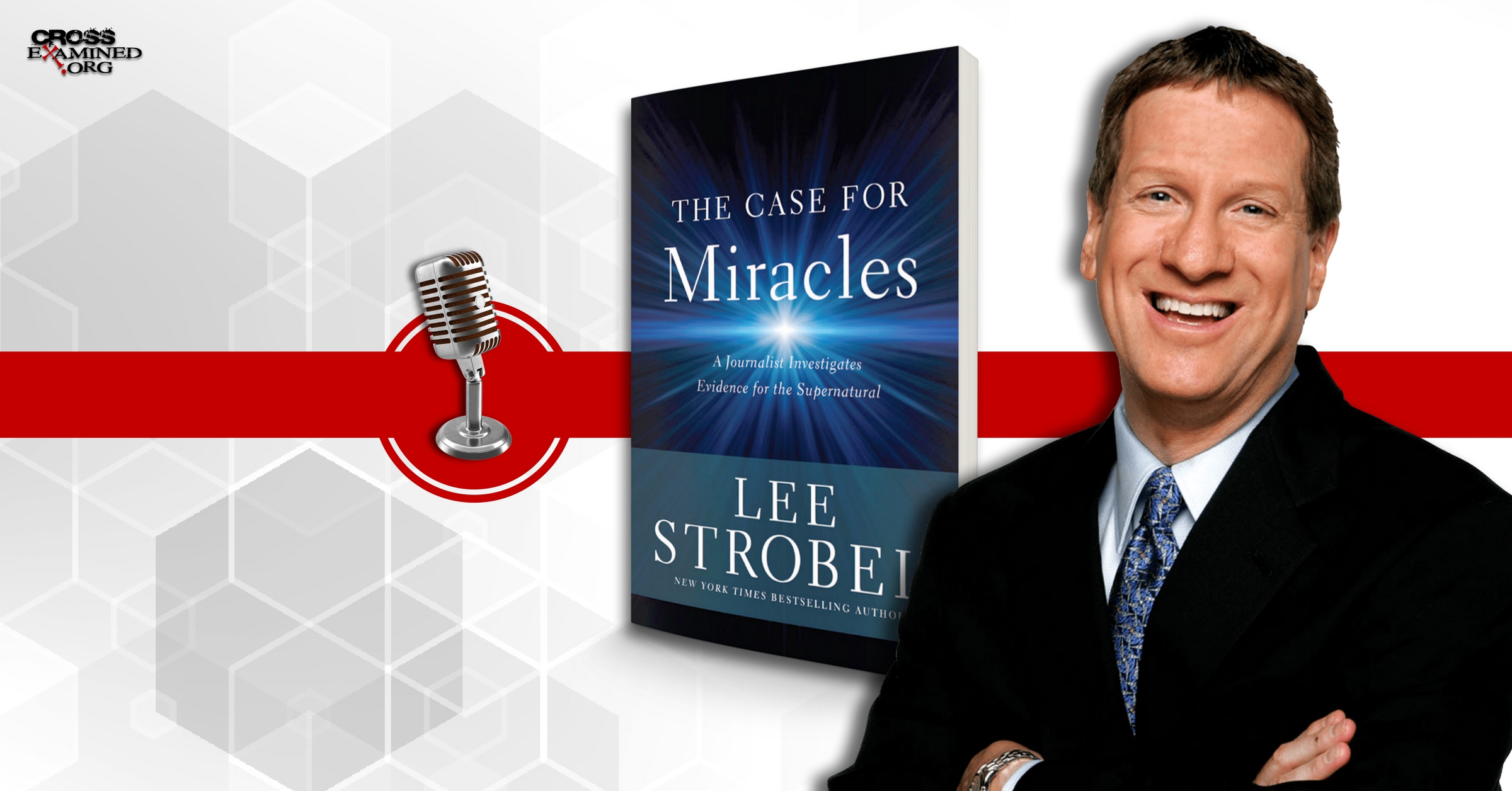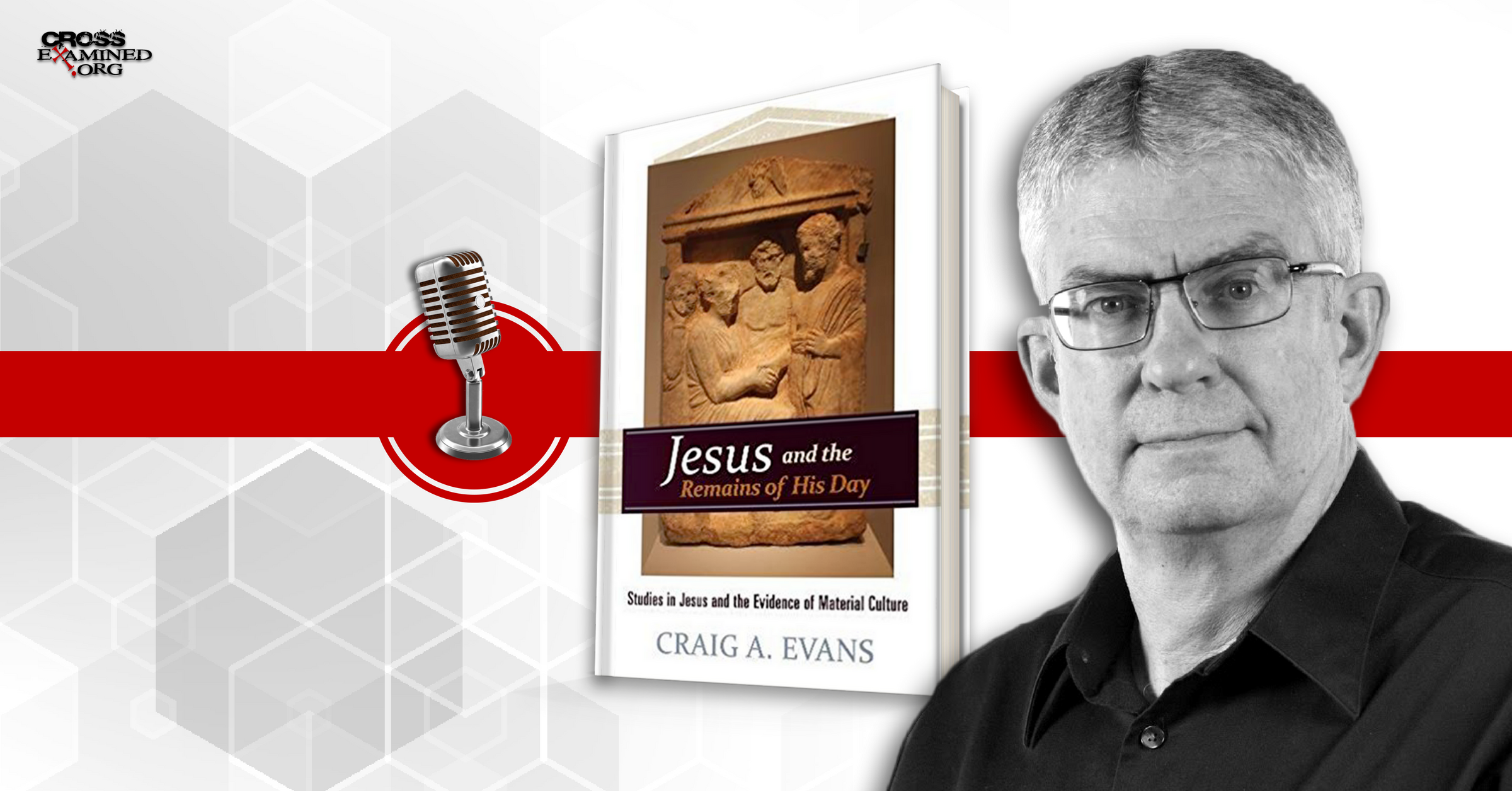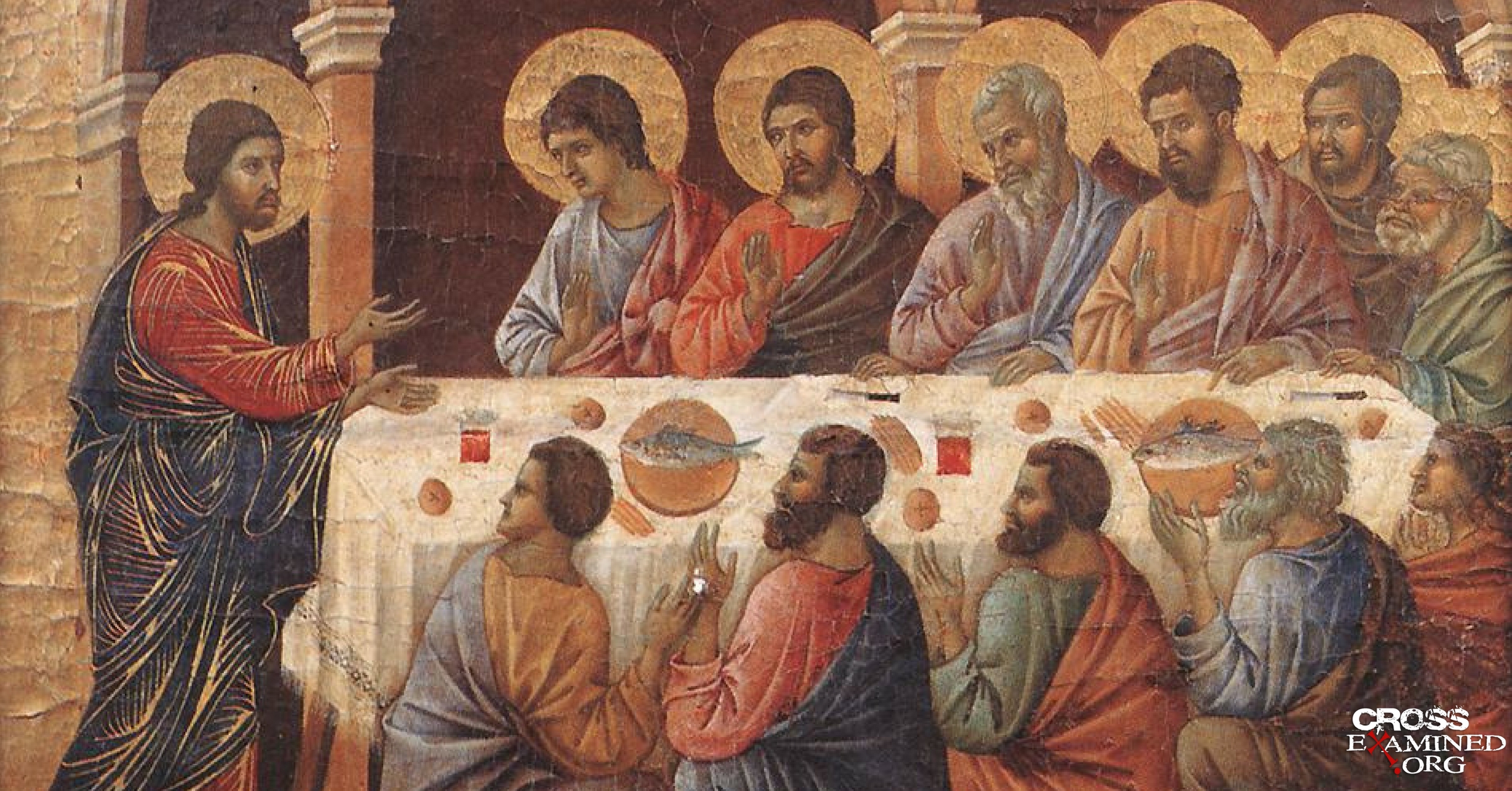Here is a statement that may seem controversial at first but upon reflection the truth of which becomes more apparent:
If God does not exist and there is no life after death, then there is no ultimate meaning, value, or purpose in life.
The question of God’s existence is the most central and important question we can seek to answer. If God does not exist and we do not survive the death of our bodies, life is ultimately absurd. J.P. Moreland provides an illustration which helps bring this truth home:
Suppose I invited you over to my house to play a game of Monopoly. When you arrive I announce that the game is going to be a bit different. Before us is the Monopoly board, a set of jacks, a coin, the television remote, and a refrigerator in the corner of the room. I grant you the first turn, and puzzlingly, inform you that you may do anything you want: fill the board with hotels, throw the coin in the air, toss a few jacks, fix a sandwich, or turn on the television. You respond by putting hotels all over the board and smugly sit back as I take my turn. I respond by dumping the board upside down and tossing the coin in the air. Somewhat annoyed, you right the board and replenish it with hotels. I turn on the television and dump the board over again.
Now it wouldn’t take too many cycles of this nonsense to recognize that it didn’t really matter what you did with your turn, and here’s why. There is no goal, no purpose to the game we are playing. Our successive turns form a series of one meaningless event after another. Why? Because if the game as a whole has no purpose, the individual moves within the game are pointless. Conversely, only a game’s actual purpose according to its inventor can give the individual move’s significance.[1]
As Moreland articulates, if the game of Monopoly as a whole has no purpose, the individual moves within the game have no meaning or value. The only way your moves within the game of Monopoly have significance is if you discover the purpose of the game and you align yourself with that purpose.
As it is with Monopoly, so it is with life. Like the game of Monopoly, the only way our individual lives have any ultimate meaning or value is if life has a purpose behind it, and real purpose requires both God and life after death.
To help think about this, let us suppose that God does not exist. In an atheistic scenario, we as human beings are simply Johnny-come-lately biological accidents on an insignificant speck of dust we call Earth which is hurtling through empty space in a meaningless and random universe that will eventually die a cold heat death. In the big scheme of things, we are no more significant than a swarm of mosquitoes. In a universe where there is no God and no afterlife, our actions are meaningless and serve no final end because ultimately each one of us, along with everyone we know and influence, will die and enter oblivion. There is no difference between living the life of a saint or a sociopath, no difference between a Mother Theresa and an Adolf Hitler. Mention of objective, morality, meaning, purpose, or value is simply incoherent babbling. William Lane Craig frequently refers to this as “the absurdity of life without God.”[2] He states,
Without God, the universe is the result of a cosmic accident, a chance explosion. There is no reason for which it exists. As for man, he’s a freak of nature—a blind product of matter plus time plus chance. If God does not exist, then you are just a miscarriage of nature, thrust into a purposeless universe to live a purposeless life…the end of everything is death… In short, life is utterly without reason… Unfortunately, most people don’t realize this fact. They continue on as though nothing has changed.[3]
The Cure for Apathy?
It seems to me that when we honestly reflect on the absurdity of life without God we cannot at the same time remain apathetic toward the question of God’s existence. God’s existence matters and has tremendous implications for our own existence. Life’s absurdity without God should bother us. It should keep us awake at night. It should jar us out of our apathetic attitude and challenge us to seek answers to life’s ultimate issues. Unfortunately, this is often not the case, especially in our information age where it is far too easy to remain distracted and caught up in the daily busyness of life. Regrettably, many people can simply go on day to day without ever giving a second thought to the most important questions in life.
But if we want to be intellectually honest, and if we are at all concerned with real meaning, value, and purpose, the question of God’s existence demands our attention. We ignore this topic and remain apathetic to it only to our own peril. As Brian Auten has stated, “the wise man seeks God.”[4] For the reasonable person, reflection on the absurdity of life without God should be enough to extinguish any remaining apathy regarding the question of God’s existence.
Perhaps then, apathy (or apatheism) is not something that can be changed directly, i.e., it is not something that can simply be willed away through direct effort. Rather, like our other beliefs, apathy must be changed indirectly. If apatheism is the belief that “the existence of God is not meaningful or relevant to my life,” perhaps reflecting on the absurdity of life without God will be powerful enough to indirectly change apathetic beliefs and help communicate the importance of taking God and other ultimate issues seriously.
The Inconsistent Atheist
I have never met an atheist who lives consistently with the implications of his naturalistic worldview. Though he rejects both God and life after death, he continues to live his life as if his actions have real ultimate meaning, value, and purpose. As Craig stated above, “they continue on as though nothing has changed.” Atheists reject God but still desire meaning, value, and purpose in life, so they indubitably find something to give their devotion to, be it themselves, family, money, pleasure, education, work, social causes, or politics. But neither do any of these subjective pursuits have ultimate significance or objective value in a world without God. In the end, the atheist must borrow from the Christian worldview in order to infuse their own life and actions with real meaning and purpose. This is because atheism and the naturalistic worldview offers no hope and provides no grounding for significance and value. Ken Samples states,
Naturalism as a worldview seems unable to offer the kind of meaning, purpose, and hope that humans require and yearn to experience. Instead, the ultimate fate of the individual, humanity, and even the universe will inevitably be the same regardless of what any person may do. Nothing that anyone thinks, says, or does will change the fact that each individual person, all of humankind collectively, and the universe itself (due to entropy) will someday be utterly extinct, lifeless, and cold. The outcome of naturalism is an inevitable hopelessness.[5]
In other words, naturalism fails the existential test. Honest atheists cannot live happily and consistently with their worldview. If atheism is true, and if atheists honestly reflect on their own eventual non-existence as well as the fact that their actions in this life have no ultimate meaning, value, or purpose, it seems hard to avoid the overwhelming feelings of depression, despair, and dejection. It is no wonder then that some atheists have resorted to nihilism. Christianity, on the other hand, succeeds exactly where atheism fails:
Biblical Christianity, therefore, provides the two conditions necessary for a meaningful, valuable, and purposeful life: God and immortality. Because of this, we can live consistently and happily within the framework of our worldview. Thus, biblical Christianity succeeds precisely where atheism breaks down… Therefore, it makes a huge difference whether God exists.[6]
An Atheist Rejoinder?
Some atheists object at this point: “But I do have a purpose in life. I do have meaning.” In a 2010 debate entitled “Does the Universe Have a Purpose?” skeptic Michael Shermer offers four things that allow people to feel more happy, fulfilled, and purposeful in life, regardless of whether or not God exists:[7]
- Deep love and family commitment
- Meaningful work and career
- Social and political involvement
- A sense of transcendency
Later in the debate, Shermer goes on to say,
Don’t you think even if there isn’t a God that you should find some purpose?…Maybe there’s a God, maybe there’s not. Either way, don’t you think you ought to roll up your sleeves and see if you can figure out some useful things to do to give yourself purpose outside of God? Don’t you think that’s worthwhile?…Shouldn’t I be doing these nice things for other people? Shouldn’t I be finding love and commitment to somebody, a meaningful career, helping my social community and being involved in politics, trying to transcend myself and do something outside of myself? Shouldn’t I be doing those things anyway?
But notice that Shermer here completely misses the point, which is this: if there is no God, then there is no ultimate, objective meaning, value, and purpose in life. Sure, you can create subjective meaning and purpose if you so desire. You can live for any personal, subjective cause or reason that makes you happy. You can even do nice things regardless of whether or not God exists. But Shermer offers no account or explanation as to why if there is no God any of these things are objectively good, or why any of these things are objectively meaningful, valuable or purposeful, or why we should pursue these ends as opposed to others that may make us more fulfilled and happy. In the end, it makes no difference, objectively speaking, whether or not you pursue these goals or not because in the end, everything winds up the same anyway: you die, I die, the universe dies, and that’s just all there is to it. Christian theist William Lane Craig offered this rejoinder both to Shermer and Richard Dawkins in the debate:
There has been a major shift in the last two speeches in this debate. Did you see what it was? We’ve argued tonight first of all that if God does not exist, then the universe has no purpose. Our atheist colleagues admit that. But now what they’ve been claiming is, “But look, we can construct a purpose for our lives,” in Richard Dawkins’ words, or in Michael Shermer’s words, “We can develop ways to make us feel better, feeling like we have a purpose.” Now you see this just is to say that we can pretend that the universe exists for some purpose, and this is just make-believe. This is the subjective illusion of purpose, but there is on this view no objective purpose for the universe. And we, of course, would never deny that you can’t develop subjective purposes for your life. The point is on atheism they’re all illusory…But you cannot live as though your life were purposeless and meaninglessness and therefore you adopt subjective illusions of purpose to make your life livable. And that’s why I think atheism is not only irrational; it is profoundly unlivable. You cannot live consistently and purposefully within the context of an atheistic worldview.
Ironically, this debate was entitled “Does the Universe Have a Purpose?” Of course, if atheism is true, there was no ultimate meaning, value, or purpose in the debate. In the ultimate scheme of things it makes no difference whether the debate occurred or not (nor does it matter whether or not you listen to it). By showing up to defend the atheistic perspective, Michael Shermer, Richard Dawkins, and Matt Ridley implicitly acknowledge at least some subjective meaning, value, and purpose in the debate. And if atheism is true, subjective meaning is all it could have. Any ultimate significance is illusory.
Conclusion
Jesus said, “This is eternal life, that they may know You, the only true God, and Jesus Christ whom You have sent…and for this I have come into the world, to testify to the truth. Everyone who is of the truth hears my voice” (John 17:3, 18:37).
Real meaning, value, and purpose comes from knowing God and making God known. In response to the question, “What is the chief end of man?” the Westminster Confession answers, “To glorify God, and to enjoy Him forever.” But it isn’t enough to simply understand this purpose and assent to its truth. In order for our individual lives to have real significance, we need to willfully align ourselves with this truth, and that means aligning ourselves with Jesus Christ, the author, and perfecter of our faith (Heb. 12:2).
Notes
[1] J.P. Moreland, The God Question: An Invitation to a Life of Meaning (Eugene: Harvest House, 2009), 34-35.
[2] See William Lane Craig, Reasonable Faith: Christian Truth and Apologetics, 3rd ed. (Wheaton: Crossway, 2008), chapter 2, and On Guard: Defending Your Faith with Reason and Precision(Colorado Springs: David C. Cook, 2010), chapter 2.
[3] Craig, On Guard, 37.
[4] See his essay “The Wise Man Seeks God” available at http://www.apologetics315.com/2010/05/essay-wise-man-seeks-god-by-brian-auten.html.
[5] Kenneth Richard Samples, A World of Difference: Putting Christian Truth-Claims to the Worldview Test (Grand Rapids: Baker Books, 2007), 217.
[6] Craig, On Guard, 49-50 (his italics).
[7] This debate is available in its entirety here: http://www.apologetics315.com/2010/11/does-universe-have-purpose-audio-debate.html
Original Blog Source: http://bit.ly/2H9itoi










